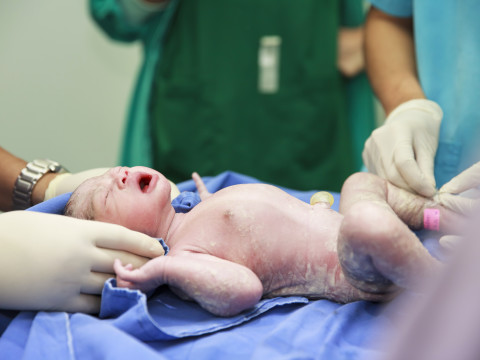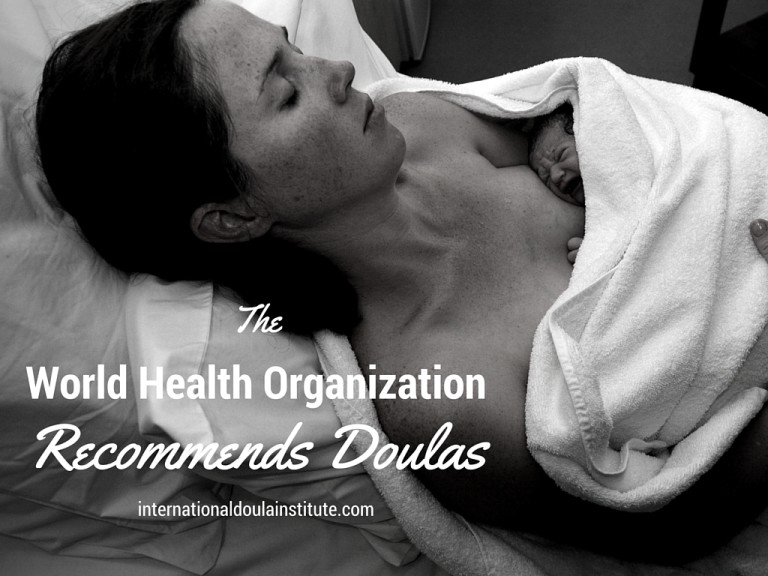World Health Organization(WHO) Recommends Doulas Attend All Births Globally
The WHO has developed a Safe Birth Checklist and doula support is included in that checklist.
First a little bit about the problem and solution directly from the WHO:
“Of the more than 130 million births occurring each year, an estimated 303 000 result in the mother’s death, 2.6 million in stillbirth, and another 2.7 million in a newborn death within the first 28 days of birth. The majority of these deaths occur in low-resource settings and most could have been prevented.
In response to this unacceptable situation, the WHO Safe Childbirth Checklist has been developed to support the delivery of essential maternal and perinatal care practices. The Checklist addresses the major causes of maternal death (haemorrhage, infection, obstructed labour and hypertensive disorders), intrapartum-related stillbirths (inadequate intrapartum care), and neonatal deaths (birth asphyxia, infection and complications related to prematurity). It was developed following a rigorous methodology and tested for usability in ten countries across Africa and Asia.”
The WHO Safe Childbirth Checklist is a very simple, 4 page document that lists very basic interventions. The instruction recommend that the checklist is to be used for every single birth.
On page one, the instructions are:
- Does mother need a referral?
- Partograph started?
- Does mother need to start antibiotics? Magnesium sulfate?
- Confirm Supplies are available to clean hands and wear gloves for vaginal exam.
- Encourage birth companion to be present at birth.
- Confirm that mother or companion will call for help during labor if needed.

That’s it, 6 instructions. And two of the six are related to the birth companion. The glossary in the implementation guidebook gives more information about “labor companion” which I have quoted below:
“ENCOURAGE BIRTH COMPANION TO BE PRESENT AT BIRTH
Birth companions provide support to the mother during labour, childbirth, and in the postpartum
period. They can also help to recognize danger signs, alert the health-care worker in
case of emergency, and care for the baby. Examples of possible birth companions are family
members, the spouse, friends, community health workers, doulas, or staff members.
Evidence shows that birth companions can help to improve health outcomes. The presence
of birth companions increases the likelihood that the mother will have a spontaneous
vaginal delivery instead of a caesarean, vacuum, or forceps birth.11 Mothers with birth companions
have also been shown to need fewer pain medications, be better satisfied with their
delivery experience, and have slightly shorter labours. Babies can also benefit. Studies have
shown that newborns’ 5-minute Apgar Scores are better and there is improved maternal
bonding postnatally when birth companions are present.11,12,15,16
The Checklist user should encourage the presence of a birth companion during labour,
birth, and in the postpartum and postnatal periods. If a birth companion is present at the
time of admission then s/he should be encouraged to remain present for the entire childbirth
process. If a birth companion is not present at the time of admission, then the mother
should be encouraged to identify a birth companion.”

To read the full Guidelines Checklist and Implementation Guide, please follow these links:
http://www.who.int/patientsafety/implementation/checklists/childbirth/en/
This is great news for doulas to receive validation for the beautiful work they do every day. Recognition from one of the most influential health organizations in the entire world that doulas work matters.
Aliza Bancoff, Founder International Doula Institute

